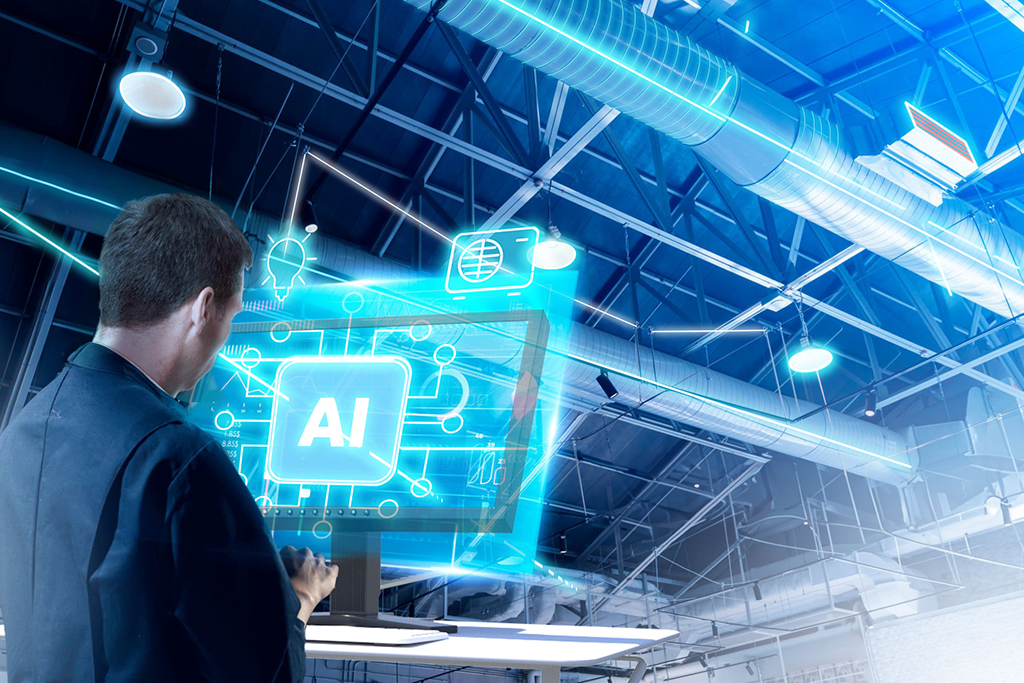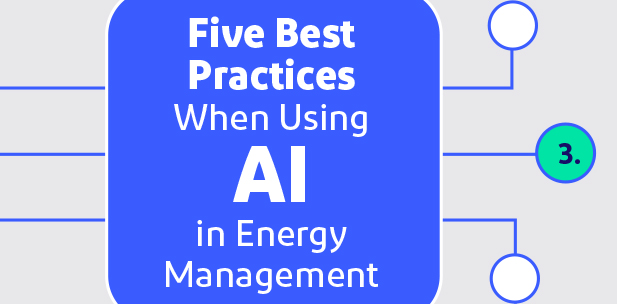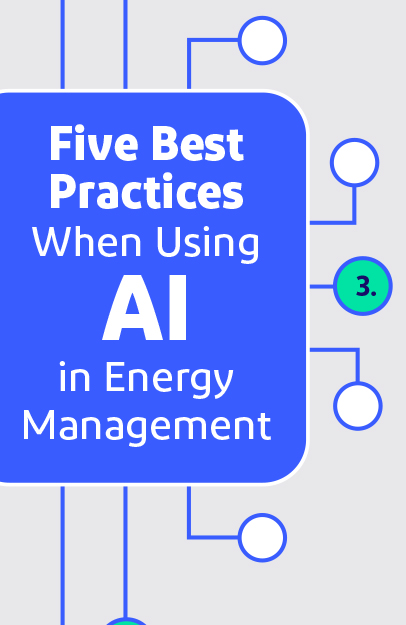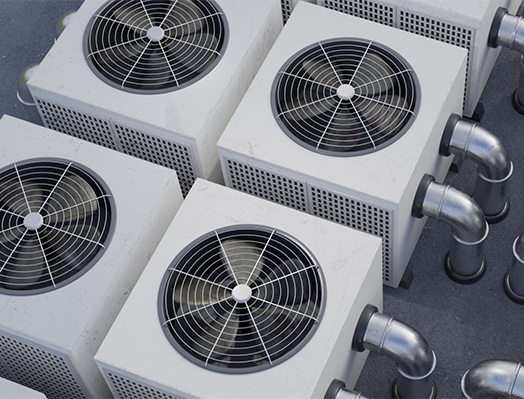Artificial intelligence (AI) has become part of everyday life, and that’s especially true for the business world.
DAI-powered chatbots and virtual assistants help with customer service. AI systems monitor and prevent cyberattacks and fraud. Supply chain management incorporates AI to optimize logistics and manage inventory more efficiently.
The adaptable power of AI has become an attractive solution for facility managers, operations teams, and property management firms too. That’s because AI can help companies meet building energy performance standards (BEPS), optimize their system operations, and predict potential equipment breakdowns.


























